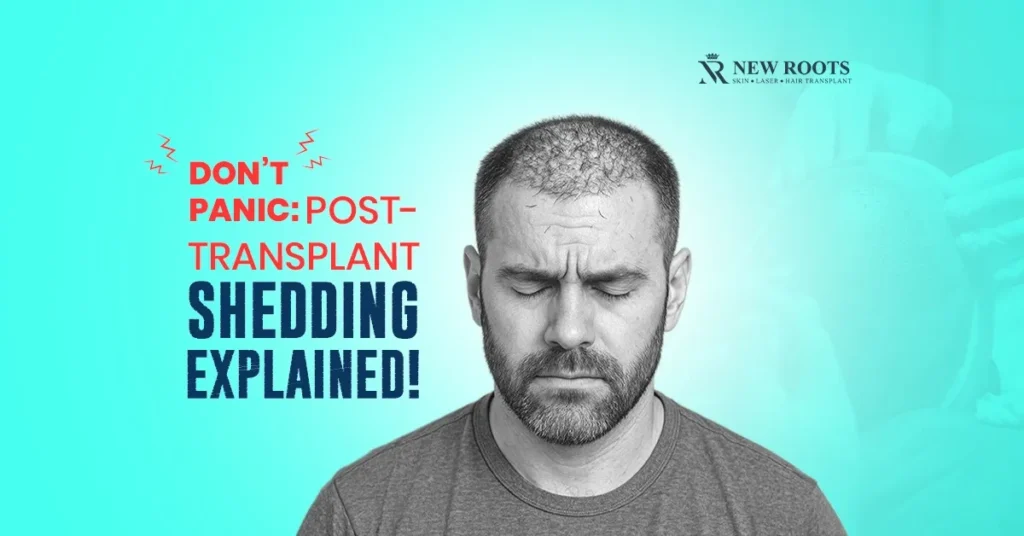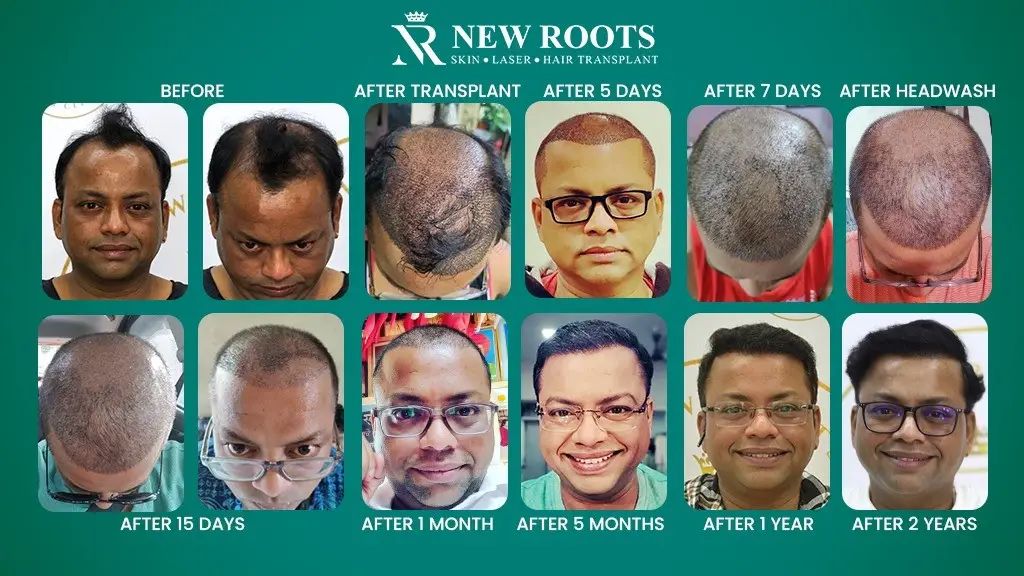Introduction to Post-Transplant Shedding
Shedding of hair after the transplant is usual for people who have had hair transplant surgery done on them.
This process can be quite uncomfortable since an affected patient can develop noticeable hair loss within a short time of surgery.
It is necessary to understand the causes of this process to be able to control the shedding phase and further transition to the period of regrowth.
Most of the shedding is a normal response to the severe trauma that occurs during the hair transplant process.
The transplanted hair follicles can go to sleep and noticeably shed roughly two to four weeks after the operation.
This article will discuss what patients will be able to anticipate throughout their post-surgery period and, more importantly, how patients can handle post-transplant shedding.
Table of Contents
Understanding the Shedding Phase
Due to the body’s response, the shedding phase occurs after the macro processing of transplanted hair follicles goes into the telogen phase post-surgery. This is known as shock hair loss and is a reversible process.
Key Points To Note Include:
- Timing: While many patients shed the virus within two weeks after the transplant, Allende said some may begin shedding later.
- Temporary Shedding: Hopeful recipients should remember that hair loss is a natural occurrence after the transplant and indicates the transition to a new phase as the hair regrows.
Aspect | Description |
Onset of Shedding | 2-4 weeks post-surgery |
Duration | Can last from 2-3 weeks up to 3 months |
Biological Response | Hair follicles transition to the resting phase |
The Post-Operative Journey
After the surgery, there are five stages in the postsurgical period where the goal is to enhance the recovery of the transplanted hair follicles. Patients should prioritize the following areas during this period:
Cleansing: To avoid getting inflamed or having your wound(s) get infected, wash your hair lightly with a sulfate-containing shampoo. Shampoos no longer have chemical compounds that are likely to irritate the pores and skin on the scalp.
Moisturization: Appropriate moisture in the skin lessens the chances of itchiness and related situations, improving the healing process. A good lotion can be applied to calm the scalp.
Sunscreen Use: Apply proper sunscreen on the scalp to avoid sun exposure. This is so because it will minimize injuring the very sensitive skin, especially after a transplant, and can lead to inflammation.
| Care Aspect | Recommended Actions |
| Cleansing | Use sulfate-free shampoos |
| Moisturization | Regularly apply recommended moisturizers |
| Protection from the Sun | Wear hats and apply sunscreen rated SPF 30 or higher |
Why Scalp Care Is Important After Hair Transplant Surgery
Hence, proper management of the scalp involves essential practices in regrowth and minimal shedding as vitally important key pointers to post-transplant importance. Some key strategies include:
- Avoiding Scratching: For some diseases, patients feel itching, but they should not use their fingers to scratch or touch their head because this action can lead to the loss of grafts.
- Regular Moisturization: When the scalp is moist, there is less formation of dandruff, and therefore healing is easy to achieve.
- Sun Protection: UV rays should not penetrate the area because new grafts are very sensitive during the first stages of recovery.
Nutrition For The Most Efficient Recovery
The paper highlights the significance of nutrients in the restoration process after a hair transplant surgical procedure. Adopting a balanced diet is fundamental for several reasons:
Balanced Diet: A Compilation of foods that contain appropriate nutrients enhances hair follicle health. High-protein diets, vitamins A, C, and E, and minerals—zinc and iron—should be taken in large measures.
Hydration: Astonished, a sufficient quantity of mineral water for supporting a healthy scalp and ensuring an enhanced healing effect.
Stress Management: Stress is known to have adverse effects on hair condition in women; thus, stress-decreasing activities are good.
Nutritional Component | Benefits |
Protein | Essential for tissue repair and hair follicle strength |
Vitamins | Promote quantity and quality of new hair growth |
Hydration | Keeps the scalp hydrated, helping in recovery |
Managing Shedding Variability
Post-transplant shedding variability is concerned with the disparity in the potential of the various patients to spread infection. Various factors influence this variability, including:
Individual Health Factors: Hair growth, general health, genetic makeup, and condition of hair at the time of shampooing all factor into the amount of hair loss.
Surgical Technique: It can also be felt that certain approaches, such as FUE or FUT, recognize recovery and conceivably be influenced by different drop rates.
Consequently, concerns related to the causes of variability can be managed during the recovery process by adjusting expectations about the extent of variability reduction.
We need to stress to a patient that, with rare exceptions, the majority of patients will regain full-body hair within some time.
Lifestyle Changes for Rebuilding
Healthy lifestyle changes also play a significant role and extend the opportunity of shedding in the post-transplant phase. These adjustments become instrumental for optimal recovery:
Regular Exercise: Exercise lightly because the grafts might get damaged through intense sessions that require rigorous body movement.
Adequate Sleep: Sleep postures help in the healing of the body tissues. If one gets good quality sleep, to recover most effectively, try to get between 7 and 9 hours of sleep every night.
Stress Management: Some stress-busting strategies include yoga, meditation, and ample fresh air, setting an adequate environment for hair regrowth.
Keeping Expectations Low as Folks Regrow Their Locks
In this regard, it is important that details concerning the regrowth phase of hair cannot be overemphasized. Understanding the timing and process can help alleviate anxiety:
Initial Shedding: Normal and usually temporary, may be detected within 1-3 weeks after surgery.
Gradual Regrowth: Intense hair growth usually starts after three months and continues for 12 months after treatment.
Long-Term Expectations: Understanding that hair density and growth rates will not immediately be constant is as important as any aspect of hair regrowth.
Shedding and Shedding Variability After Transplantation
Many factors may cause variability in shedding in different people. Knowledge of these can help in estimating how long and how severe the shedding phase will be.
Factors Impacting Shedding Variability Include:
Health Condition: Coexisting factors of health risks regarding alteration of healing forms.
Surgical Technique Used: Comparing today’s methods, such as the Follicular Unit Extraction (FUE), there is often less damage and potentially less shedding as well.
Caring Practices: It is proposed that compliance with aftercare recommendations has the potential to influence recovery in a big way.
Gradual Regrowth: What to Expect
This gradual regrowth phase has been defined by the following events after the transplant. Understanding this timeline is crucial for patients to set their expectations:
Early Growth Signs: New growth initially has tiny and thin hair shafts, and regains its superior form with time.
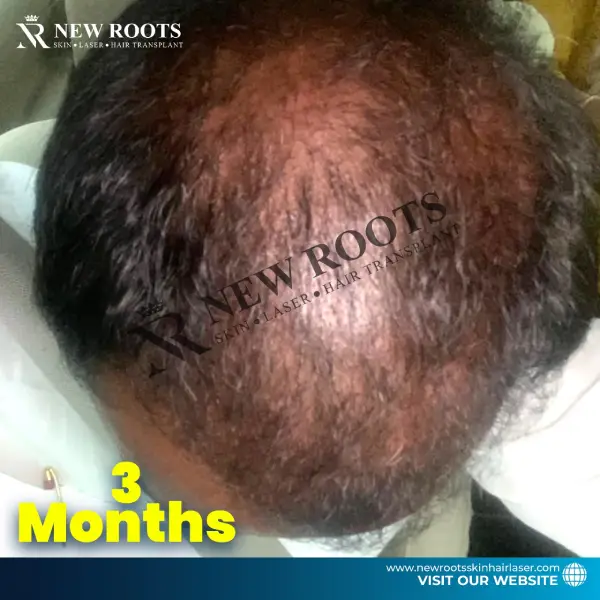
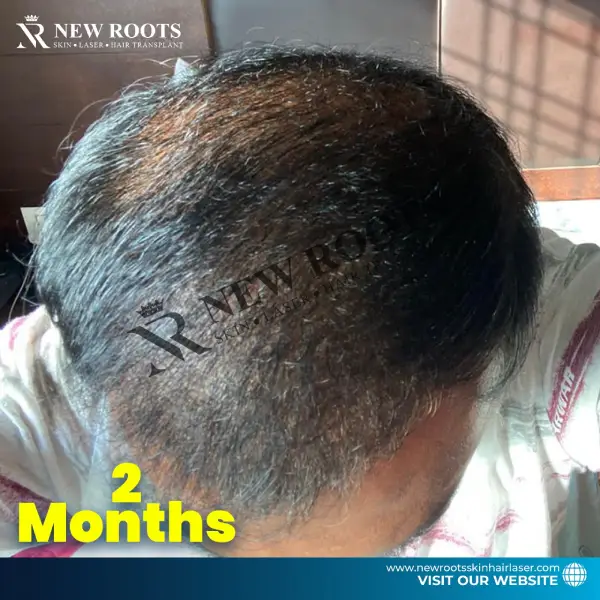
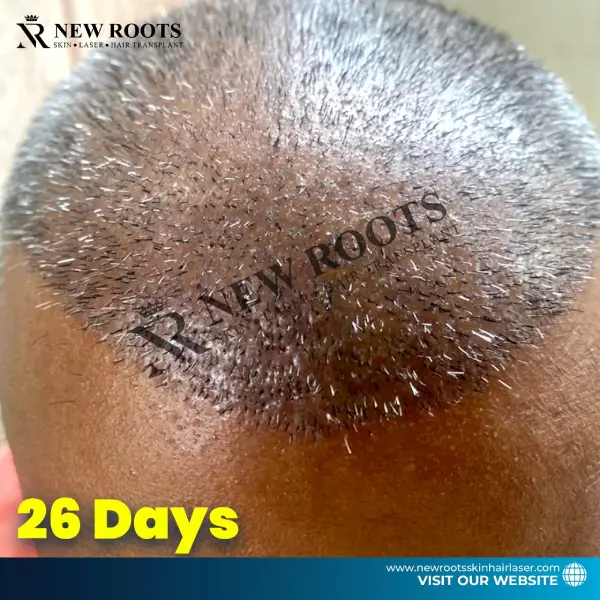

Progressive Improvements: The ultimate personalization happens 6 months after receiving the transplant, with minimum density variations in the affected regions.
Conclusion
Telogen shedding is normal and may occur after hair transplantation, depending on the preferences of the patient.
By appreciating the science behind it and committing to proper care and control of expectations, patients can face this phase without any fear.
They should seek consultations from experts of preferred clinics, such as the New Roots, for personalized care after the surgeries.
The specialists in hair restoration ensure that the care given to each patient reflects the specific situation of the person.
To all ‘sheddies’ out there experiencing post-transplant, just bear in mind that this is but a normal shedding phase, and barring any missteps, hair should grow back fully in time.
Progressive Improvements: The ultimate personalization happens 6 months after receiving the transplant, with minimum density variations in the affected regions.
Q&A ASK
Telogenic effluvium is the hair loss that occurs after a hair transplant operation and ends several weeks or months later. This usually begins 1-3 weeks after surgery, given that the transplanted hair follicles may grow for some weeks, and then undergo what is known as telogenesis.
Yes, shedding is also observed in the periods after transplant. It indicates that the hair follicles that have been transplanted are regrowing. This is one of the processes nowadays that will lead to new hair growth, and that’s why patients should acknowledge this.
Post-transplant shedding is known to take anything from 2 weeks to a heavily suppressed 3 months. This remains a relative process depending on the client’s general health, the method employed in the hair transplant procedure, and the cycle of growth of the hair.
Yes, after some shedding has occurred after the transplant, the hair starts growing back after a few months. Other patients begin to see regrowth at between three and six months, and further improvement appears in twelve to eighteen months.
When dealing with post-transplant shedding, a regular balanced diet, a good intake of water, and proper exercise with low-stress levels can be adopted. Partaking in your surgeon’s instructions and using mild scalp care products may also help with recovery.
